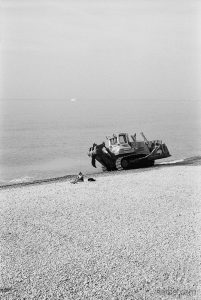This week Canon announced that they were discontinuing the production of analog cameras. No more film for Canon! It was maybe inevitable, even predictable. Volume manufacturers let the numbers game dictate their business.
I feel a little sad, as my first serious camera was a Canon. Some 30 years ago the semi-automatic T70 became the tool for my first real attempts at making photographs. I had had a number of cameras before then, but always compact models. Mostly for travel. I had a Minox – very quiet spy camera – and an Kodak Instamatic. Canon was my first serious camera.
It may well be that this move by Canon will trigger like moves by their competitors, who have maintained a presence in the film segment for years with small sales volume, little innovation and tiny profits (if any at all). It will, I think, create a segment in the market that will continue to specialize in analog. Perhaps a few of the big companies will sell off their analog divisions for a song?
Interestingly, my lab friends tell me that they are seeing a lot of new customers bringing in film for processing. It is the old thing…that’s new again. In every generation the old is new again, like when my friend’s kids brought a home made CD to his car and said ‘Dad, play this…. It is really cool’. It was The Beatles.
I am of course a hardcore film photographer. I am committed to keeping the art alive. Focus on framing and composition. Light. Capturing light and shadow. Printing full frame. After all, it is what photography is about: Capturing light! Not whether your computer skills are up to snuff.
I have previously lamented the fact that photography has not found a way to divide itself into analog and digital in a meaningful way. Perhaps the Canon decision will help restart the debate again.
Canon – RIP
Harbel





